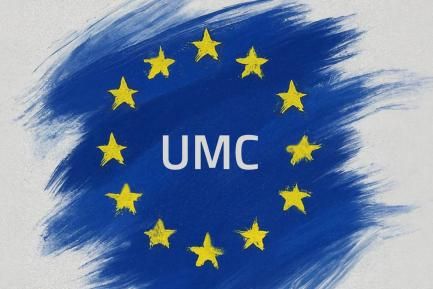The resolution of Banco Popular
The evening of 6 June 2017, the authorities established that Banco Popular was non-viable and declared its resolution after suggering from a severe liquidity crisis during the previous weeks. Despite the quick ending for liquidity reasons, over the past few months the bank’s financial situation had deteriorated steadily. It had announced important losses in 2016 after making large provisions, reducing its solvency position in spite of a capital increase undertaken the same year. Investor uncertainty regarding the real value of its non-performing assets and its solvency gradually reduced the bank’s stock price.
The resolution of Banco Popular is particularly relevant because this is the first time the European Bank Recovery and Resolution Directive (BRRD), set up in 2014, has been applied to a large bank. Unlike an ordinary insolvency procedure, this new framework aims to resolve a bank quickly and with a minimum impact on the real economy and public finances.
The BRRD establishes that a resolution process can only be initiated when a bank is failing or likely to fail in the near future, when there are no alternative private solutions or supervisory actions that would prevent its failure, and when a resolution action is necessary in the public interest. The ECB, the authority responsible for supervising Banco Popular, determined that the bank was failing on 6 June because it did not have nor was it capable of obtaining the liquidity required to pay its debts or other liabilities as they fell due. In turn, the European resolution authority with direct responsibility on Banco Popular, the Single Resolution Board (SRB), decided in cooperation with the ECB that there were no private alternatives (such as a capital increase) to prevent the bank from failing within the necessary periods. The SRB also decided that the bank’s resolution, rather than its liquidation, was the best option for financial stability (to avoid the risk of contagion to other banks and preserve the continuity of services provided to families and firms, etc.).
Before starting the resolution process for Banco Popular, the SRB received an economic valuation by an independent expert confirming that the aforementioned conditions had been met for its resolution. This valuation also determined losses of between EUR –2 billion (base scenario) and EUR –8 billion (stressed). Based on this, the resolution process of Banco Popular consisted, firstly, of imposing these losses on the bank’s shareholders and junior bondholders and, secondly, its sale via competitive tender. The resolution proposed by the SRB was officially approved by the European Commission.
As executive resolution authority for Spain, the FROB was responsible for implementing the decision and it began the competitive tender process of the bank’s sale. It was decided to sell Banco Popular for one euro to Banco Santander, which was required to guarantee, from the outset, all Banco Popular’s solvency and liquidity obligations. Santander therefore announced it would make provisions (around EUR 8 billion) to cover Banco Popular’s assets and will carry out a capital increase of EUR 7 billion which, once Banco Popular has been integrated within the group, will help maintain similar solvency levels to the current ones (see the table).
Some lessons can be learned from the process carried out with Banco Popular regarding the new resolution framework for European banks. On the one hand, this has been carried out remarkably quickly and with agility, without any negative impact on financial stability or public resources, wich to some extent demonstrates the effectiveness of the new resolution mechanism. On the other hand, there are questions concerning the criteria used for the expert’s (provisional) valuation (beyond the law requiring that that this must be «fair, prudent and realistic»). In this respect, to ensure one of the general principles governing the whole resolution process is fulfilled, namely that no creditor should be worse off than if the bank is liquidated, an ex post valuation is still pending to assess whether the shareholders and creditors would have fared better under liquidation (in which case the Single Resolution Fund would compensate them).
Another lesson for future cases concerns the sale process of the bank. Given the urgency of the situation, very conditioned by the little time avalaible it was difficult to maximise the sale price. There are also questions regarding the supervisor’s real capacity to adopt early intervention measures when a bank’s financial situation is deteriorating brickly (the head of the ECB on supervisory matters stated that these were not used in the case of Banco Popular). Lastly, considering the bank’s severe liquidity problems, it should be explored whether such pressures would have been relieved by providing state guarantees on the liquidity operations with the ECB.



